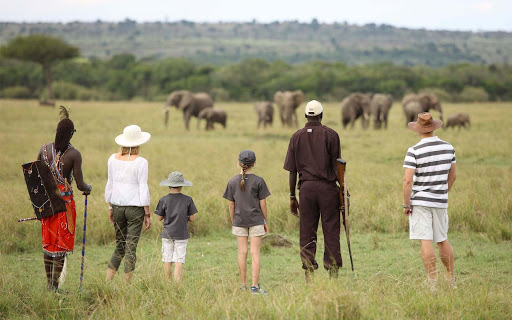What to do in serengeti national park
What to do in serengeti national park: Serengeti national park is a popular ecosystem and tourist destination in Tanzania located in the Mara and Simiyu regions in the northern region of the Tanzania, this spectacular national park lies along the border of Kenya and Tanzania. Serengeti national is a famously known for the great wildebeest migration which involves the migration of thousands of wildebeest, gazelles and zebras from Masai Mara national reserve to Serengeti national park.
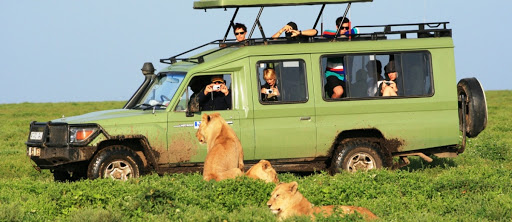
Serengeti national park is a very interesting tourist destination offering lifetime memorable safari activities, these activities will keep you busy and have the best time of your safari in Tanzania. The following safari activities are the things to do in Serengeti national park
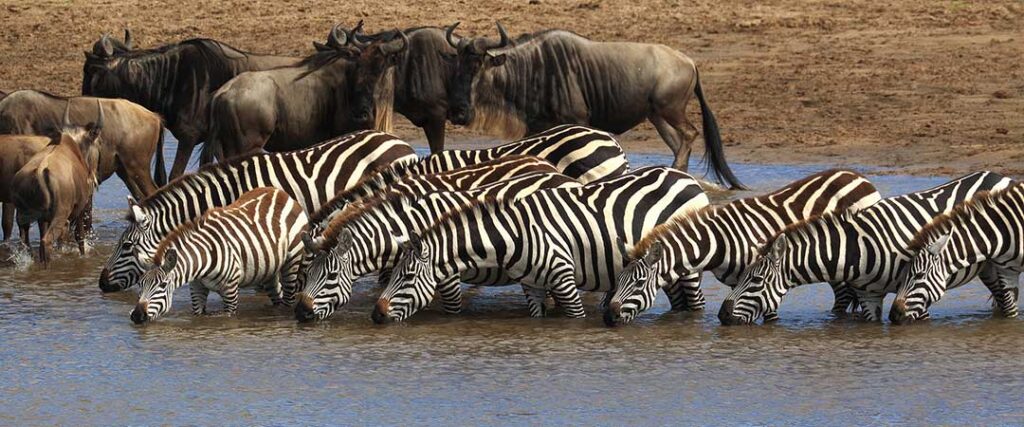
Viewing the Great wildebeest migration
Serengeti National Park is an extraordinary destination where witnessing the massive migration of animals is possible, great wildebeest migration is one of the world’s most impressive and natural spectacles which involves the movement of millions of wildebeests, zebras, elands and gazelles. In Serengeti national park these animals are witnessed crossing the Mara River from Masai Mara national reserve in an event refered to as river crossing, great wildebeest migration takes place in a cycle in various period of the month
- January – March: in this period herds of wildebeest, gazelles, elands and zebras are traced and concentrated in the northern region of Ngorongoro Conservation Area and southern Serengeti area and they are viewed grazing and calving, calving typically takes place in February and this month is refered to as a prime calving month.
- April and May – June: In this period herds of animals set off in northwest in search for green grass to feed on, the month of May is a mating season for the wildebeests and the month of June herds begin to concentrate on the western side of Grumeti River which is heavily infested with crocodiles.
- July and August: In this period the herds are witnessed continuing to move in northeast direction towards the Mara River and the Kenyan border, this period is when the dramatic river crossing event takes place and witnessed.
- September –December: In this period the herds are witnessed grazing in Masai Mara national reserve, they then slowly start migrating into southwestern direction heading back into Tanzania’s Serengeti national park where the migration starts from.
Generally the wildebeest migration and timing to spot the wildebeest migration depends on the rainfall and weather, the migration can be a bit unpredictable most especially the river crossing but your safari operator know the best timing. Witnessing the great wildebeest migration is the most memorable you can do in Serengeti national park, also the migration offers a great photography opportunity.
Game drive
Serengeti national park offers some of the best and rewarding game drive experiences in Tanzania and East Africa, the park is a renowned habitat for the big five that is lions, elephants, buffaloes, leopards and rhinos with a dense population of lions. Game drive is the highlight safari activity in the park and this experience is offered as day game drive, night game drive and full day game drive. Serengeti national park offers a typical African game drive experience and on this experience you spot amazing species of animals such as cheetah, lion, hyenas, jackals, buffaloes, black rhinos, leopards, elephants, zebras, gazelles, wildebeests and many more. On the game drive you also get to enjoy the amazing landscape of Serengeti national park and spot many bird species.

Bird watching
Serengeti national park offers good birding opportunities, the park is a habitat for over 500 bird species with specials such as the grey breasted spur fowl, 2 endemic species such as Usambiro barbet and grey-crested helmet-shirk and migratory bird species. Bird watching in Serengeti national park offers an opportunity for spotting beautiful bird species such as Silverbird, Usambiro barbet, verreaux’s eagle, yellow-throated sand grouse, Schalow’s turaco, southern ground hornbill, ruppell’s vulture, red-capped robin-chat, Hildebrandt’s starling, grey-crested helmet shrike, grey-breasted spur fowl, grey-backed fiscal, Fischer’s lovebird, black-headed gonolek and many more.
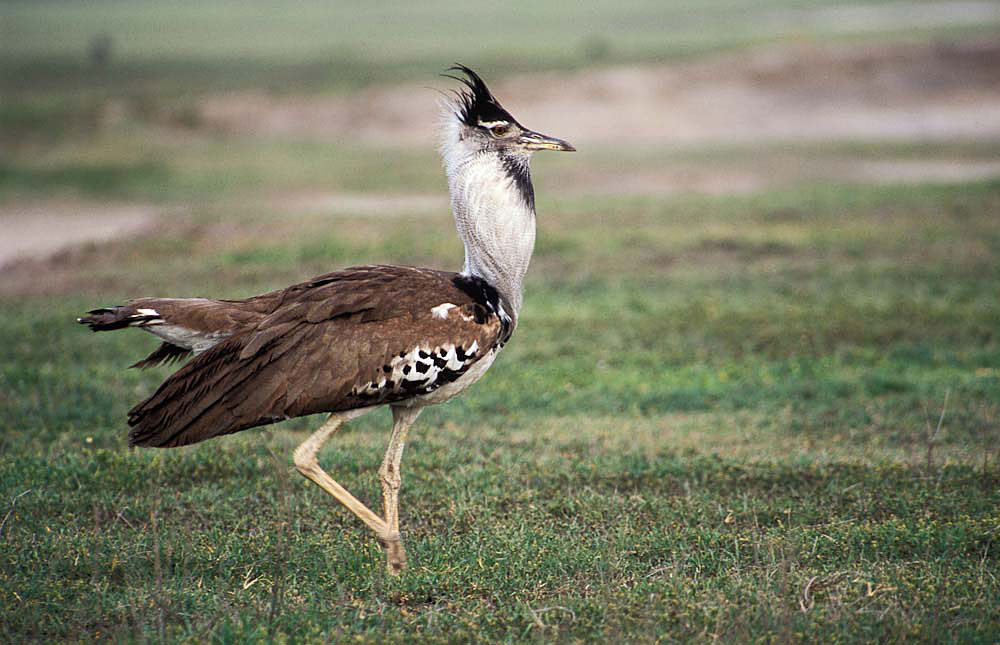
Visit Moru Kopjes
Serengeti national park is dotted with weathered gigantic rock formations refered to as the Kopjes most especially in the central plains of Serengeti, these interesting kopjes act like islands in a sea of savannah grass as they are scattered throughout the plains. The Kopjes provide shade and small water pool for animals living in the park and offer a great vintage point for animals such as leopards, lions, cheetahs, wildebeests and many more.
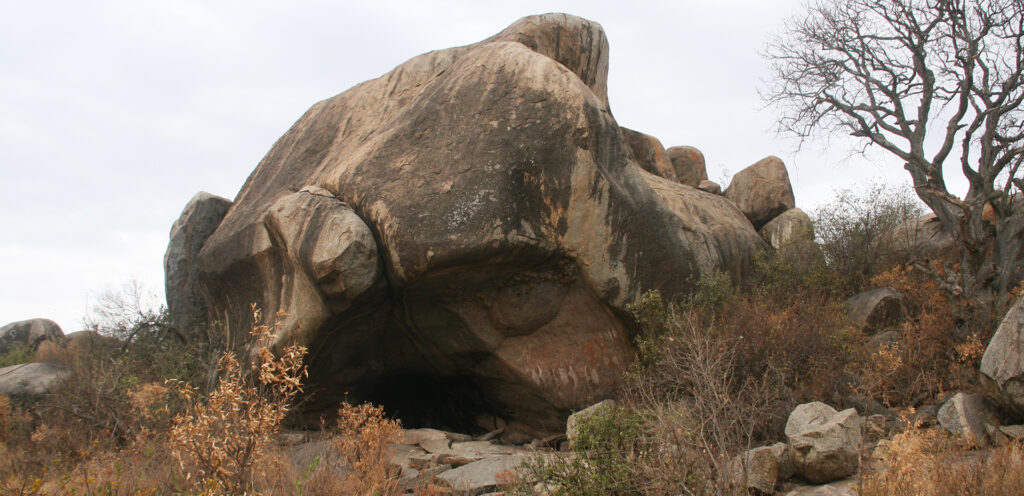
Among the numerous kopjes in Serengeti national park, Moru kopjes are the most visited as they are best place to spot black rhinos, lions, leopards, cheetahs, hyraxes and many more. The most interesting aspect about Moru Kopjes is that they contain African rock paintings which were painted by Masai cattle herders, this rock with rock paintings is nicknamed Gongo Rock by the Masai people because it is believed to be an ancient musical instrument.
Visit Oldupai gorge
Serengeti national park offers an opportunity for visiting to one the most important paleoanthropological site in the world which is the Oldupai gorge, Oldupai gorge is situated a distance of 34.9 kilometers in a drive of 44 minutes. Oldupai gorge is a convenient stopover while on a safari to Serengeti national park and Ngorongoro conservation area , this gorge is famous for the human fossils and tools dating back to over 2 million and above years discovered by Leakey. Oldupai gorge is a steep-sided riverine gorge of about 30 miles long, the gorge consists of a small Oldupai museum which was founded by Mary Leakey and visited while in the gorge.
Oldupai gorge museum contains information and artifacts relating and showcasing the discoveries of Leakey, the Leakey family, fossil discoveries , the gorge and Laetoli footprints which you will help you learn more about human history and discovery.
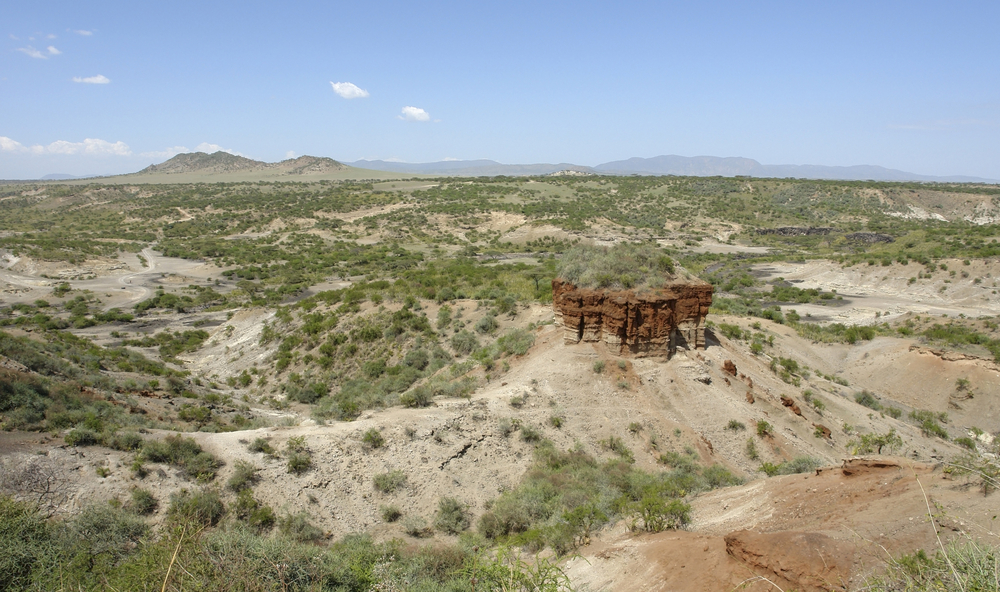
Hot air balloon safaris
One of the perfect ways of the touring and enjoying the magnificent Serengeti national park with its wildlife and scenic landscape by hot air balloon safari experience, hot air balloon safaris offers a bird’s eyes view of the park. This experience is done in a hot air balloon floating over the plains of Serengeti offering magnificent views of the sun rise, animals, birds and the scenic landscape. For tourists visiting Serengeti national park with interests of sighting the great wildebeest migration and taking beautiful pictures of river crossing, hot air balloon safari experience is the best option to take while in the park.
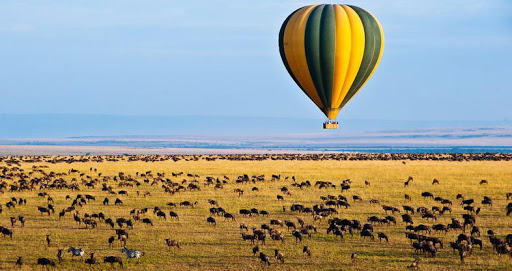
Visiting Masai village/bomas
The Masai local people are the early inhabit of the area covered by the Serengeti ecosystem, after the declaration of the area as a protected area the Masai were pushed to settle in the areas neighboring the park. Visiting the Masai village/bomas offers an opportunity for tourists to learn more about the customs, traditions and lifestyle of the Masai people, in the Masai village you will are fascinated by the traditional bomas made using sticks, mud and cow manure, encounter the making of handicrafts and purchase some. You also get an opportunity to interact t with the Masai elders who will explain more about livestock rearing, marriage, dressing code and construction of the traditional bomas.
Nature walks
Nature walks in Serengeti national park is one of the interesting ways of touring the park as it is a great opportunity to explore and get close to animals, birds, landscape and plants while on a foot. Nature walks is a great way of getting your physical fitness in check and as you walk through the park you will encounter animals such as lions, leopards, wildebeests, gazelles, zebras and many birds. This activity is done under the supervision of a skilled safari guide and you must have a walking stick to assist in climbing hilly topography. The pinnacle of nature walks in Serengeti national park is the demonstration of how to make fire traditionally by the Masai local people.
